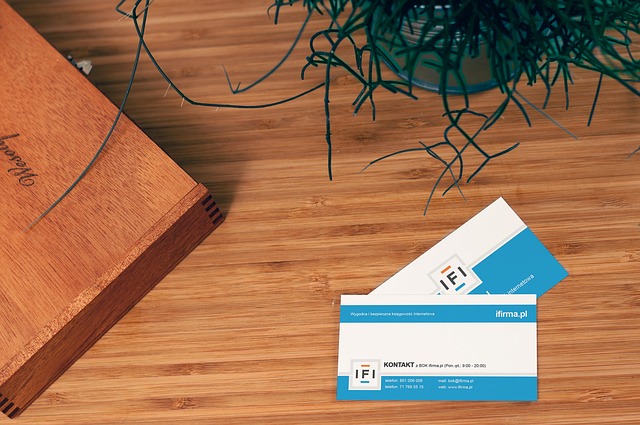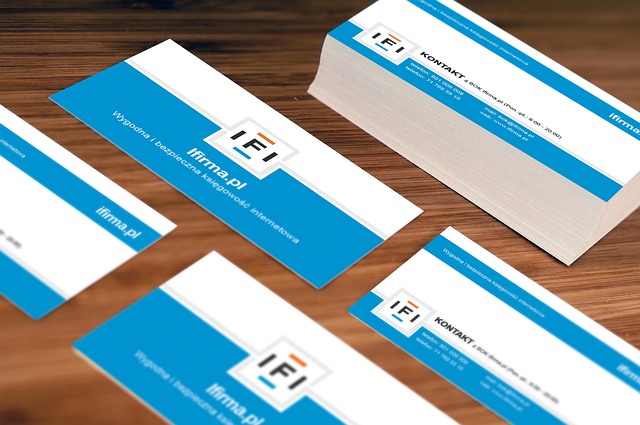Remote learning, while popular due to technology and pandemic circumstances, faces challenges like lack of face-to-face interaction and digital accessibility. Online education platforms have responded by creating interactive virtual classrooms that mimic traditional settings, using creative metaphors like pool table refelting Cypress to engage students. Tools like live video conferencing, collaborative whiteboards, and interactive elements enhance learning outcomes by fostering active participation and immediate feedback. Even seemingly unrelated concepts can inspire real-world connections, revolutionizing education in today's digital age.
In today’s digital era, remote learning has emerged as a game-changer, transforming education with its accessibility and flexibility. However, this shift presents unique challenges, from ensuring effective content delivery to fostering interactive engagement among students. This article explores online education solutions tailored for remote learning, delving into the best practices of popular platforms and strategies to create dynamic virtual classrooms—a far cry from the traditional, static lecture halls. By leveraging technology, educators can now facilitate engaging sessions that keep students motivated, just like a professional pool table refelter ensures a smooth playing surface in Cypress.
- The Rise of Remote Learning and Its Unique Challenges
- Utilizing Online Education Platforms for Effective Delivery
- Ensuring Engaging and Interactive Virtual Classrooms
The Rise of Remote Learning and Its Unique Challenges

In recent years, remote learning has surged in popularity due to advancements in technology and changing global circumstances. This shift towards online education is a testament to how folks are embracing digital solutions to stay connected and educated, even when physically apart. With schools and universities closed during the pandemic, students turned to online platforms for their educational needs, fostering a vibrant and bustling virtual learning environment.
However, navigating remote learning comes with unique challenges. Unlike traditional classrooms, virtual environments can feel labyrinthine, making it harder to stay focused and motivated. Students miss out on face-to-face interactions, which are crucial for building social connections and collaborative learning. Additionally, ensuring equal access to technology and a stable internet connection remains a persistent concern, especially in areas with limited resources or poor infrastructure—a stark contrast to having a pool table refelting Cypress smoothly. These challenges demand creative solutions to enhance online education, making it more engaging, effective, and accessible for all students.
Utilizing Online Education Platforms for Effective Delivery

Online education platforms have become indispensable tools for remote learning, offering a wide range of solutions to educators and students alike. These digital spaces provide an interactive environment where traditional classroom settings can be replicated, bridging the gap between instructor and learner despite physical distance. Features like live streaming, video conferencing, and collaborative whiteboards facilitate real-time engagement, enabling effective knowledge transfer.
Imagine a scenario where a virtual classroom resembles a polished pool table, with each student’s screen representing a unique cue. The educator, acting as the skilled player, guides the session, ensuring every learner has a clear view of the ball—metaphorically, the lesson—and can make their move, asking questions or contributing ideas. This dynamic approach, made possible by online education platforms, enhances learning outcomes by fostering active participation and interaction, much like the strategic strikes on a Cypress pool table that result in a perfectly executed game.
Ensuring Engaging and Interactive Virtual Classrooms

Creating engaging and interactive virtual classrooms is essential for successful remote learning, ensuring students stay motivated and connected despite physical distance. Tools like live video conferencing, screen sharing, and collaborative whiteboards mimic the dynamics of traditional in-person classes. For instance, platforms that support real-time interactions, such as drawing on a shared screen or participating in break-out rooms, foster active discussions and group activities, making lessons more dynamic and enjoyable.
In terms of enhancing engagement, incorporating interactive elements like quizzes, polls, and discussion boards can significantly improve student participation. These tools not only capture attention but also provide immediate feedback, allowing instructors to gauge understanding and adjust teaching strategies accordingly. Even seemingly unrelated concepts, like the art of pool table refelting Cypress, can inspire creative analogies and real-world connections, enriching the learning experience.
As remote learning continues to evolve, online education solutions have become indispensable tools. By leveraging platforms that facilitate effective delivery and foster engaging virtual classrooms, educators can overcome the unique challenges of distance learning. Just as a skilled pool table refelter ensures a smooth surface for optimal play, these digital tools create an environment conducive to knowledge retention and interaction, ensuring students stay connected and motivated, even when separated by miles. Cypress, with its vibrant and bustling online education landscape, underscores the potential for revolutionizing teaching and learning from anywhere in the world.
